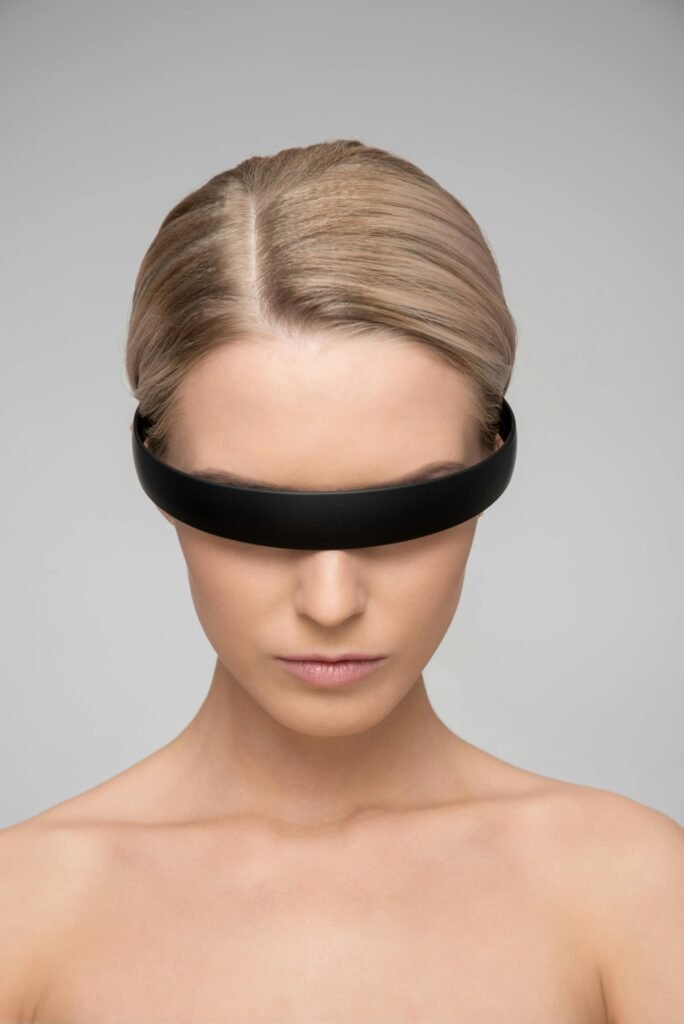Virtual Reality (VR) and Augmented Reality (AR) are really cool technologies that are changing how we experience the digital world. They both have the ability to change how we interact with technology, but they do it in distinctive forms.
VR takes you completely into a digital space, making you feel like you’re somewhere else entirely. While, AR adds digital elements to the real world around you, blending the two together. Each has its own unique uses and ways to engage with us, making them super exciting in their own right. And as companies continue to invest heavily in both, the million dollar question arises: which one will dominate the future of tech? Or is there room for both?

Understanding AR and VR
Virtual Reality (VR) takes you to a realm of the digital world, making you feel like you are in a completely different place. When you put on a VR headset, you can dive into a simulated environment that’s often used for gaming, training, or sometimes simply for fun. The idea is to make the experience so realistic that you really feel like you’re part of another place.
On the other hand, Augmented Reality (AR) adds digital elements to the real world you’re already in. You can use your smartphone or special AR glasses to see graphics, text, or images layered on top of what you’re looking at in real time. AR doesn’t take away from the real world; it just adds extra information to enhance what you see.

Leading tech companies like Meta (formerly Facebook), Google, Apple, and Microsoft have invested heavily in both VR and AR. Meta has pushed VR with its Oculus headsets, focusing on immersive experiences through its Horizon Worlds and its broader vision for the “metaverse.” On the other hand, companies like Apple and Microsoft are championing AR. Apple’s ARKit allows developers to create AR experiences on iPhones and iPads etcetera…..
Applications of AR and VR
When we think about where VR is headed, it’s closely linked to entertainment, gaming, and immersive experiences. But it’s also making waves in fields like real estate, travel, and education, creating virtual tours and training simulations. For instance, VR is being used to train pilots, surgeons, and athletes in environments that feel incredibly real. The gaming industry has really embraced VR, offering experiences that transport players to different worlds.
AR, however, is proving to be super useful in everyday life. It can make shopping on your phone more interactive, help with navigation, and even let you try on clothes virtually. Its ability to blend digital info with the real world makes it very practical. In healthcare, for example, surgeons can get real-time data during operations, while retail stores use AR to enhance the shopping experience from home.

The Strengths and Obstacles of Each
Reality (VR) excels, in providing an immersive experience but encounters notable hurdles as well.. Top notch VR setups demand equipment. Wearing a headset for long durations can feel burdensome.. Additionally the deep immersion of VR can lead to isolation which hinders its applicability in situations requiring collaborative engagement, in the world.
On the AR keeps users connected to their surroundings which makes it adaptable, for activities. Its compatibility with smartphones has led to its popularity seen in apps like Pokémon Go and social media filters. However AR encounters hurdles in delivering instant experiences. The technology is still grappling with challenges such, as restricted field of view and limited battery life.

“Virtual Reality, versus Augmented Reality. Navigating Towards Tomorrow”
The competition, between reality (VR) and augmented reality (AR) might not be a case of one triumphing over the other definitively. VR excels in providing simulated environments that cater to sectors such as gaming and entertainment as well as targeted training programs. On the hand ARs versatility and unobtrusive characteristics are poised to blend into our daily lives, through wearables, mobile applications and corporate software solutions.

In the future we anticipate a shift, towards merging technologies to create a Mixed Reality (MR) experience enabling users to effortlessly switch between real and virtual worlds. Leading companies including Meta, Microsoft and Apple are actively. Innovating MR solutions that bring together the strengths of both realms.


